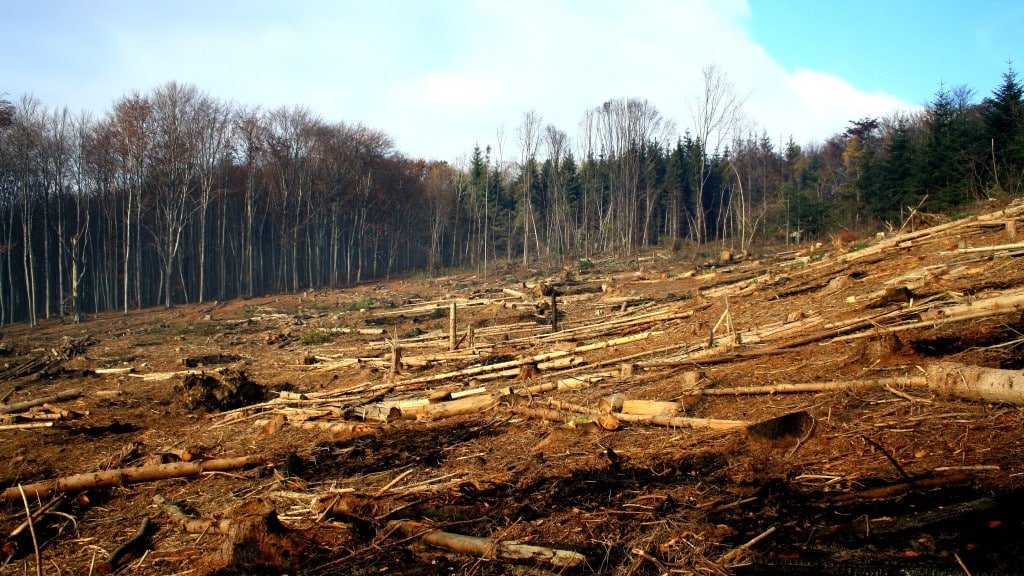Hungary’s persistent forest fire challenge
- November 8, 2023
- 8:00 am


Iain Hoey
Share this content
Despite the rarity of canopy fires in Hungary, the frequency of wildfires remains a cause for concern.
With an average of at least 2,600 wildfires over the past 12 years, the compounding effects of human negligence, climate change, and agricultural practices are significant contributing factors.
Understanding Hungary’s wildfires
According to Laszlo Arato of EUrologus, the 12-year period has witnessed the burning of over 2,000 square kilometres of Hungarian forest and vegetation.
The data reflect alarming year-to-year fluctuations, largely dependent on the duration of heatwaves, showing a distinct pattern with significant peaks every few years.
The year 2012 was marked by a severe increase in forest fires, with over 900 square kilometres affected.
The most severe of these incidents in 2012 ravaged parts of Bács-Kiskun county and Hortobágy, with critical efforts undertaken to quell the flames.
The fires of that year took a toll on both natural reserves and working land, necessitating the mobilisation of a substantial number of professional firefighters, volunteers, and significant equipment.
This pattern of wildfires continued into 2022, highlighting a July fire in the Hortobágy National Park that damaged vital grassland and forest areas.
The response to these fires has required an assortment of tactics, from water hoses to helicopters, underscoring the diverse approaches needed to tackle such incidents.
The factors behind the fires
The National General Directorate for Disaster Management provides clarity on the nature of Hungarian forest fires, explaining that the extreme, widespread forest fires common in southern Europe are not characteristic of Hungary due to different climate and vegetation conditions.
However, human-induced fires, which account for 99 percent of forest fires in Hungary, are prevalent and typically involve surface fires, sparing the canopy but still causing considerable damage.
Zsuzsanna Ujj of the Hungarian National Society for Nature Conservation points to climate change and agricultural land use as critical influencers in fire frequency.
She highlights the challenge faced by firefighters due to water scarcity in the affected regions, often requiring extensive efforts and resources to manage and extinguish fires.
Preparation and prevention as key strategies
The social aspect of wildfire management is equally important, with the emphasis on reducing fossil-fuel emissions and consumption.
Hungary, while spared from the scale of fires seen in other parts of the world, must nonetheless prepare for potential canopy fires that could threaten lives and property.
The National Directorate General for Disaster Management underscores human responsibility in both preventing and managing forest fires, especially during the vulnerable periods of dry spring and hot summer.
IFSJ Comment
The escalation of forest and bushfires in Hungary offers a stark reminder of the complex interplay between human activity, environmental policy, and climate realities.
With the majority of fires traced back to human error or deliberate acts, the narrative unfolding in Hungary is not unique but a reflection of a global conversation on disaster preparedness and environmental stewardship.
It highlights the critical need for enhanced public awareness, strategic planning, and international cooperation in fire management and climate change mitigation.
Moreover, the repeated incidents showcase the resilience and adaptability of emergency services, which continually evolve to face the mounting challenges posed by wildfires.



